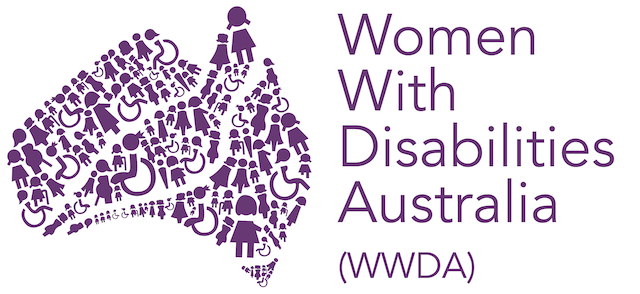WWDA Youth Network
The WWDA Youth Network is the youth branch of Women With Disabilities Australia (WWDA), run by and for young women, girls, feminine identifying and non-binary young people with disabilities between the ages of 15-30.
“For me, justifying my place in society and the space i occupy in the world as a young woman is important for my own benefit and the benefit of other young people.”
- Clare Bertholli (WWDA Youth Advisory Group member)
“There is no more powerful feeling than unapologetically being yourself. ”
- Lily Hodgson (WWDA Youth Advisory Group member)
The WWDA Youth Network is the youth branch of Women With Disabilities Australia (WWDA), run by and for young women, girls, feminine identifying and non-binary young people with disabilities between the ages of 15-30.
The WWDA Youth Network uses the term young women and girls with disability to refer to young women, girls, feminine identifying and non-binary young people with disabilities (aged 15-30) across Australia.
